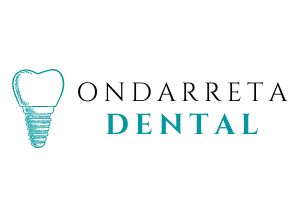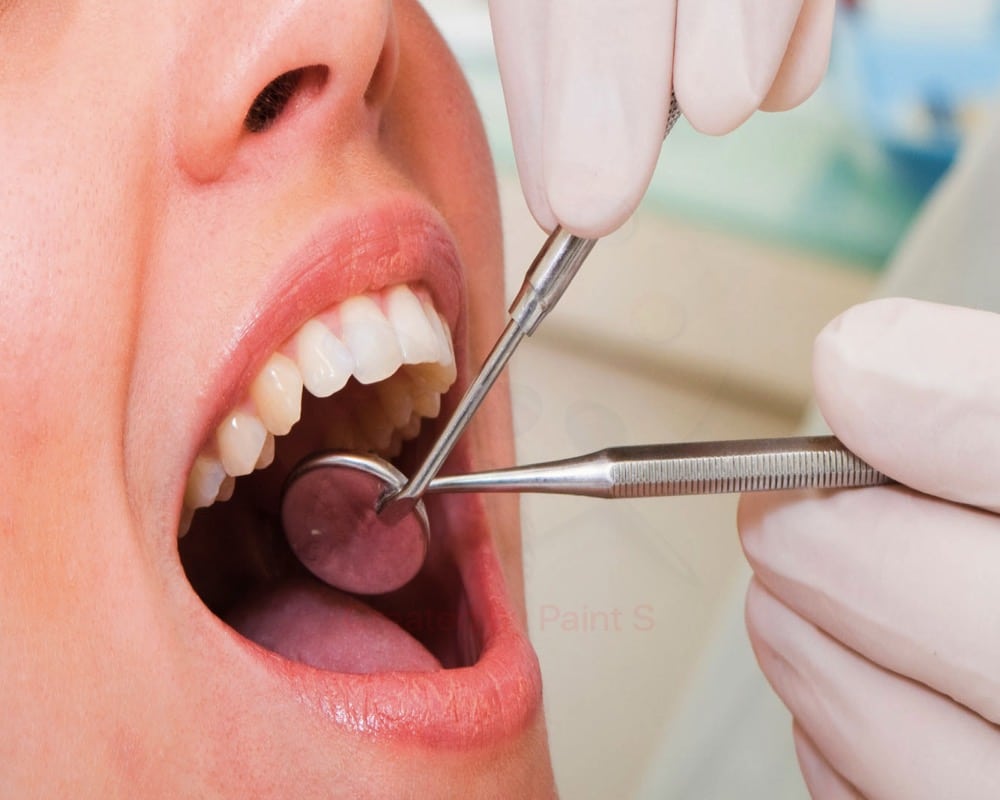"Periodontics is the essential pillar of any dental treatment."
The success of any oral treatment, whether dental implants, orthodontics or dental aesthetics, depends on a good state of periodontal health, which is why at Clínica Dental Ondarreta we pay special attention to problems of the gums and the tissues that support the teeth.
Furthermore, it has already been shown that good periodontal health will help you prevent cardiovascular and rheumatic diseases, among other diseases, and maintain good control of diabetes.

What are gingivitis and periodontitis?
Periodontal diseases are a group of infectious diseases that affect the tissues that support the teeth, that is, the gum, bone and periodontal ligament.
Gingivitis: It is an inflammation of the gums that manifests itself with discomfort, redness and bleeding that can be spontaneous or when brushing. It is a reversible condition if treated properly by a specialist.
Periodontitis: It is the irreversible progression of gingivitis (inflammation of the gum) to deeper tissues, periodontal ligament and bone. This inflammation causes the progressive loss of the bone that surrounds the tooth, causing mobility and finally loss of the affected teeth. It generally does not cause pain.
What are the causes of periodontal disease?
The main cause of periodontal diseases is the accumulation of bacteria between the gums and teeth due to poor oral hygiene. In addition, periodontal problems are also closely related to:
-Tobacco consumption, which together with inadequate hygiene, are the main causes of periodontal disease.
-Hormonal changes in women during menstruation, pregnancy or due to contraceptives can cause gingival inflammation.
-Poorly controlled diabetes can favor the appearance of gingivitis or periodontitis and be more susceptible to certain oral infectious diseases.
– Inherited genetics can predispose you to a greater probability of developing periodontal disease.
Diagnosis and treatment
A correct diagnosis of periodontal disease is essential for adequate treatment and maintenance of long-term gum health.
A complete periodontal diagnosis is made through the following diagnostic tests:
– Plate index: It consists of the application of a bacterial developer on the teeth that indicates the amount of bacterial plaque accumulated in each patient.
– Periodontogram: assessment in which the insertion loss of each tooth, bleeding, gingival retractions and mobility, among other parameters, are measured.
– Intraoral x-rays that indicate the individual viability of each tooth.
All basic periodontal treatment consists of:
– A session of oral hygiene instructions to motivate a change in the patient's hygiene habits. The objectives are to optimize the tooth brushing routine as much as possible and promote the use of other complementary techniques in our daily routine.
– Professional cleaning/hygiene (prophylaxis).
– Scaling and root planing - curettage - which can be performed under local anesthesia and in one or several sessions.
– Reeducation of the patient in toxic habits that are harmful to periodontal and general health, if any.
After this treatment, sometimes a surgical treatment may be required that will allow us to clean areas that are difficult to access or regenerate periodontal bone defects caused by the disease.
Periodontal surgery
Periodontal surgery is usually necessary when the disease of the gums and periodontium (the tissues that support the tooth in the bone) are relatively advanced. There are many types of periodontal surgery:
– Resective or deep periodontal pocket reduction surgery that consists of surgically cleaning, reducing and closing the “sacs” or gaps that have been created around the tooth due to the action of bacteria and prevent a good seal of the tooth by the soft tissues. .
– Periodontal regenerative surgery in which the aim is to recover the lost bone surrounding a tooth through bone regeneration techniques, either with bone substitutes (biomaterials) or with proteins derived from enamel (Endogaim®).
-Mucogingival surgery or gingival plastic surgery that covers a set of surgical techniques for connective tissue grafting that allows solving gingival recessions or retractions.
– Gingivectomy that will allow us to eliminate excess or overgrowth of gum that makes hygiene in the area difficult.
– Frenectomies of the labial frenums that can generate tension and/or traction of the gum, causing unwanted recessions or opening spaces between teeth.
In general, any periodontal surgery procedure is a painless intervention that is performed under local anesthesia and has a quick recovery period, which is usually between 2-3 days.
Our priority is to save your teeth. Basic periodontal study and treatment (periodontogram, oral hygiene instruction, and scaling and root planing) are essential to arrive in good condition for periodontal surgery.
PD is an infectious disease caused by the bacterial flora found in the mouth. Affects and destroys the supporting tissues of the tooth (gum, periodontal ligament and bone).
The treatment of PD should be carried out by experts exclusively in Periodontology.
The treatment consists of reduce the level of pathogenic bacteria that are found in the mouth. Using mini-instruments and minimally invasive techniques, the periodontal disinfection treatment is carried out by which the bacteria that have accumulated under the gum are eliminated.
In some cases, depending on the type of PD, it is necessary to perform microsurgery in certain areas of the mouth to restore tissues that have been damaged or to access very deep areas.
These microsurgical treatments are carried out with state-of-the-art microscopes and surgical microinstruments, thereby reducing their aggressiveness and possible postoperative discomfort, and the use of any type of sutures can frequently be eliminated.
This type of treatment is performed under anesthesia, hence The patient DOES NOT FEEL ANY PAIN during the process. You will only notice the application of the anesthesia and, even then, a prior anesthetic is usually administered so that it is not painful.
The symptoms of PD are clear to a professional, but sometimes difficult to initially detect by the patient.
The gum inflammation, he bleeding When brushing or flossing your teeth, the bad breath, the gum recession and the tooth mobility are some of them.
If you, any family member or friend detect any of these signs, do not hesitate to book an appointment to evaluate your case.
Gingivitis and periodontitis are different stages of the same periodontal disease., which affects gums and teeth. The main difference is that periodontitis is the advanced level of the disease., where there is a higher level of tissue damage and destruction than in gingivitis.
When you suffer from periodontal disease, you evaluate how advanced it is. It is always recommended perform annual reviews, As minimum, to be able to detect these conditions in time and avoid the destruction of the mandibular bone volume and the affected teeth.
Gingivitis can be solved with cleaning in an easier and more economical wayIn addition, since this is only the initial stage of periodontal disease, there is no immediate risk of tooth loss.
In the case of periodontitis, the bacteria accumulated in the form of tartar extend into the gum, causing periodontal pockets. If detected in time, it can be solved with scaling or root planing, which eliminates all infection and tartar from the periodontal pockets. If it is allowed to advance uncontrolled, teeth may have to be extracted.
The most common periodontal diseases are gingivitis and periodontitis.. The majority of the population will suffer from some periodontal disease throughout their lives.
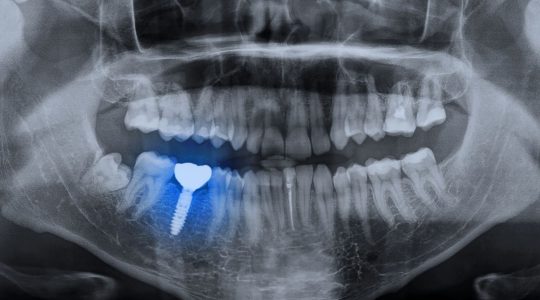
Can a dental implant cause rejection?
Even the best dental implants can cause patient rejection. Do you want to know how and why this happens? We tell you.
Read More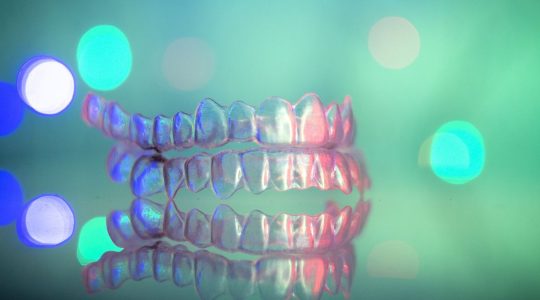
Everything you need to know about Invisible Orthodontics
Today's technology makes it possible to achieve the smile you have always wanted without having to live with traditional and unattractive appliances.
Read More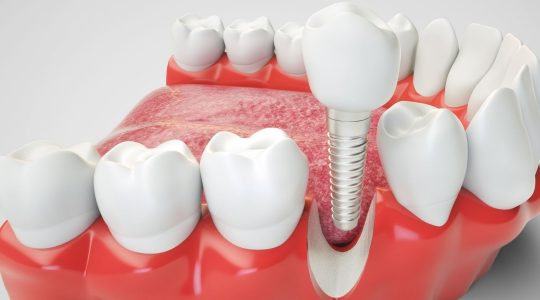
Myths about Dental Implants
Nowadays it is possible to place dental implants even if we have very little bone, since there are regeneration techniques.
Read More